MONTEMARTINI A CENTRE OF NOTES – ROME
Montemartini A Centre of Notes
29 October 2010 – 8 January 2011
Cinema Music and Unplugged
Sala Macchine of the Centrale Montemartini
Via Ostiense 106 – 00154 Roma (Italy)
Text by Vittoria Biasi
The evening programme for the Centre Montemartini was set in the exciting scenario of the Engines Room, lately fitted out to welcome live shows combining history, artistic and industrial traditions, and contemporary languages.
The centre Montemartini is an extraordinary example of reconversion of industrial archaeology in a museum space. It was inaugurated during 1912 and destined to the generation of electricity; the centre keeps some Liberty valuable furnishings together with turbines, Diesel engines and the colossal steam boiler. For long time the machines have controlled the enormous spaciousness, they have been the owners of the time that was discovering and introducing the futurist concept of the speed.
After a series of complicated events and its reorganization, during 1995 a part of the collection of Musei Capitolini (Roman Museums) get started to be relocated. During 1997 the nearly 400 archaeological finds show up in the exhibition “The Gods and the machinery”. During 2005 the centre turns into the permanent site of Capitoline collection. Around the wonderful rooms the work of experimentation goes on among classic, industrial archaeology and contemporary art while the regular study of the archaeological finds permits to keep on reconstructing the ancient urban fabric around the centrality of the museum.
The particular ambience suggested a cultural programme divided into two different musical currents.
From 29 October on to 27 November 2010 the soundtracks of the grate Italian Cinema have been played under the art direction of Federica Gentile who is a scientist in theatre and communications theory; from 3 December on to 8 January 2011 the art direction of Toll Ayros proposed rock, blues and fusion unplugged version concertos with Paul Millins and Butch Coulter, Elisabeth Cutler, Little Princess, Silenzio Assenzio and in the end Tony Esposito and “La Banda Del Sole” with Deborah Johnson. Toll Ayros, who has gone through and defined the world of the music, has conceived the last evening that I watched, as a circularity among cultures, times and sounds, routes that articulates, entwines cross-references, musical and visual suggestions.
The concept of fusion opens out in a series of associations under a music development both horizontal and vertical that finds its seal with the works of the director and video maker Lorenzo Letizia. Lorenzo Letizia’s video is a research of connections among almost semi-transparent images , as if they had left their body materiality, filmed live; research hurried up towards a suspension to meet recorded images of geometries, of fleeting perspectives, without limits, among scudding clouds. The research of Lorenzo Letizia is similar to that of the artist Andrea Aquilanti who connects his design of the outside to the images filmed live of the same and of the life taking place every-day.
The artists turn the sensibility to an oblivious beyond, the encircling feeling of which we are actors and audience.
The Happy Day Gospel of Dallas, the voice of Annalisa Minetti, the research of Tony Esposito, of Deborah Johnson create a feel of relation around accomplished sonorities. Tony Esposito uses an instrumentation, made after his journey to Africa , to reach more vibrant effects than those of a simple percussion instrument to find out “a rhythm through which an organic ring could be made in order to get something moving in your body” as the artist says. Esposito appears with the multi-ethnic Banda del Sole (Band of the Sun) playing instruments that have light and sculptural forms: water drums, osi drums, kalimba, particularly the latest has the merit of bringing the sound research back to its origins, and hang by means of which Esposito has opened the concerto initiating the audience to the hypnotic effects of the rhythms and sounds.
The event has been promoted by the Department for Communications and Cultural Policy of Rome Capital – Superintendency of cultural heritage and realized by Zètema Cultural Project in cooperation with Rai Nuovi Media (Rai New Media).
Vittoria Biasi
Translated by Salvatore Rollo – salvatore_rollo@fastwebnet.it
Montemartini Centrale di Note
Cinema Musica e Unpluged
Testo di Vittoria Biasi
La programmazione serale per la Centrale Montemartini si è svolta nello scenario emozionante della Sala Macchine, recentemente riallestita per ospitare spettacoli dal vivo, coniugando storia, tradizioni artistiche, industriali e linguaggi contemporanei. La centrale Montemartini è uno straordinario esempio di riconversione di archeologia industriale in spazio museale. Inaugurata nel 1912 e adibita alla produzione di energia elettrica, la centrale conserva preziosi arredi in stile Liberty con turbine, motori Diesel e la colossale caldaia a vapore. A lungo le macchine hanno dominato gli enormi spazi, sono state le padrone di un tempo che scopriva, introduceva il concetto futurista di velocità. Dopo complicate vicende, e dopo la ristrutturazione, nel 1995 è iniziato il trasferimento di una parte della collezione dei Musei Capitolini. I circa 400 reperti archeologici, nel 1997, entrano nella mostra “Gli dei e le macchine”. Nel 2005 la centrale diviene sede permanente della collezione capitolina. Negli splendidi spazi continua il lavoro di sperimentazione tra archeologia classica e industriale e arte contemporanea, mentre il costante studio dei reperti archeologici consente di continuare a ricostruire il tessuto urbano antico attorno al museo.
La particolare ambientazione ha ispirato un programma culturale suddiviso in due filoni musicali diversi. Dal ventinove ottobre al ventisette novembre del 2010, con la direzione artistica di Federica Gentile, studiosa di teatro, radio e comunicazione, sono state presentate le colonne sonore del grande cinema italiano; dal tre dicembre all’otto gennaio 2011, la direzione artistica di Toll Ayros ha proposto musica rock, blues e fusion in versione Unpluged con i concerti di Paul Millins & Buctch Coulter, Elisabeth Cutler, Little Pincess, Silenzio Assenzio e a conclusione Tony Esposito e la Banda del Sole con Deborah Johnson. Toll Ayoros, che ha attraversato e determinato il mondo dell’arte musicale, ha concepito l’ultima serata, di cui sono stata spettatrice, come una circolarità tra tempi, culture e suoni, un percorso che articola, intreccia rimandi, suggestioni musicali e visive. Il concetto di fusion si dischiude in una serie di associazioni secondo uno svolgimento orizzontale e verticale della musica, che trova il suggello nell’opera del regista e video maker Lorenzo Letizia. Il video di Lorenzo Letizia è una ricerca di relazioni tra immagini riprese in diretta dal vivo, quasi semitrasparenti, come se avessero abbandonato una materialità corporea, sollecitata verso una sospensione per incontrare immagini registrate di geometrie, di prospettive fugaci, senza confini, tra nuvole vaganti. La ricerca di Lorenzo Letizia è vicina a quella dell’artista Andrea Aquilanti che pone in relazione il suo disegno di un esterno con le immagini in ripresa diretta dello stesso e della vita che si sta svolgendo. Gli artisti guidano la sensibilità verso un oltre inconsapevole, senso avvolgente di cui siamo attori- spettatori.
Gli Happy Day Gospel di Dallas, prodotti Toll Ayros e Mike Moran, la voce di Annalisa Minetti, la ricerca di Tony Esposito, di Deborah Johonson creano un’atmosfera di rapporto attorno a sonorità raffinate. Tony Esposito utilizza una strumentazione costruita dopo un suo viaggio in Africa per raggiungere effetti più vibranti di quelli di un semplice strumento a percussione, alla ricerca, come dice lo stesso artista, “di un ritmo con cui costruire un anello organico che fa muovere qualcosa nel corpo”. Esposito si esibisce con la multietnica Banda del Sole, utilizzando strumenti dalle forme leggere e scultoree, come tamburi d’acqua, osi drum, kalimba, quest’ultimo in particolar modo ha il pregio di ricondurre alle origini della ricerca sonora, e hang con cui Esposito ha aperto il concerto iniziando lo spettatore al senso ipnotico del ritmo e del suono.
L’evento è stato promosso dall’assessorato alle Politiche Culturali e della Comunicazione di Roma Capitale – Sovraintendenza ai Beni Culturali e realizzato da Zètema Progetto Cultura in collaborazione con Rai Nuovi Media.
Vittoria Biasi

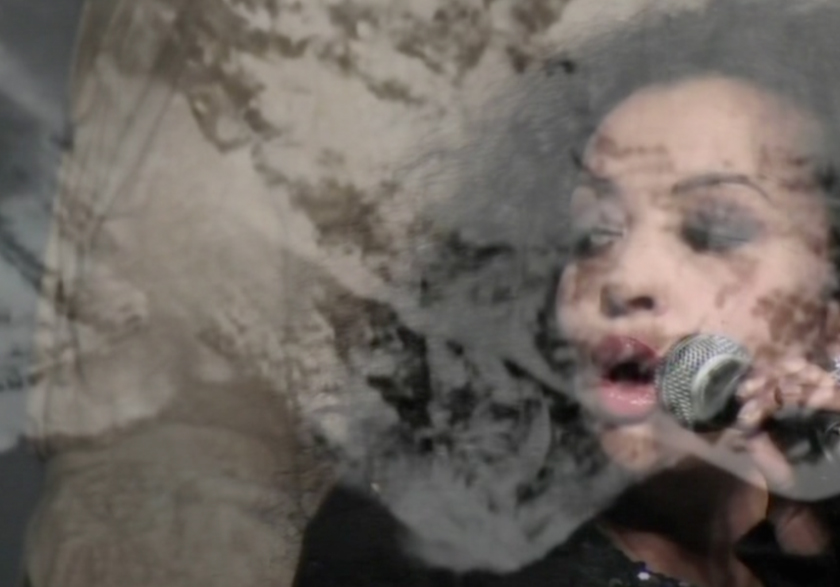
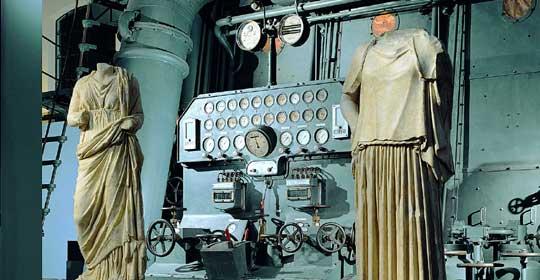
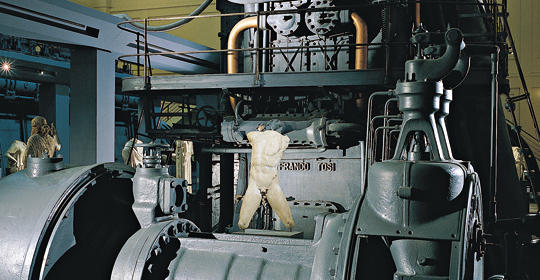
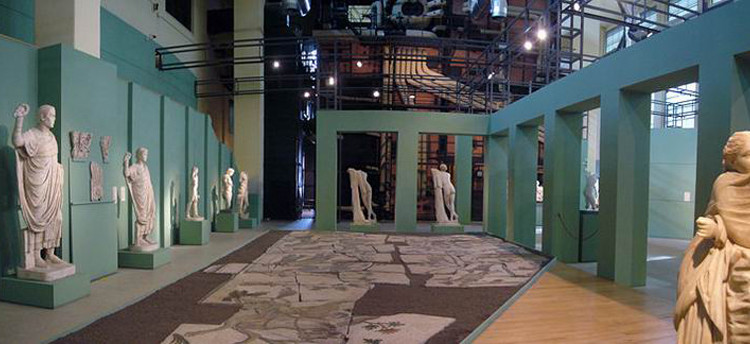
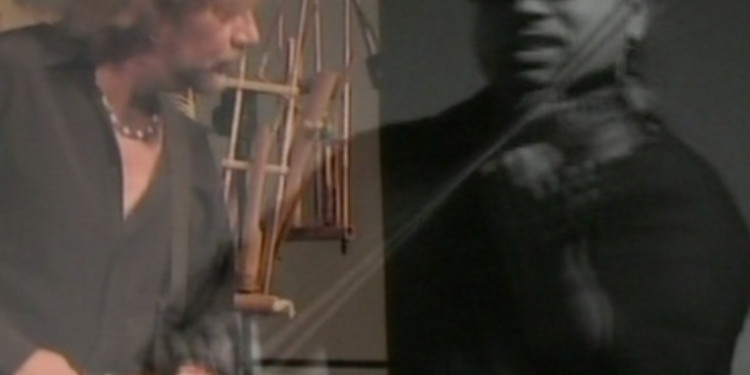
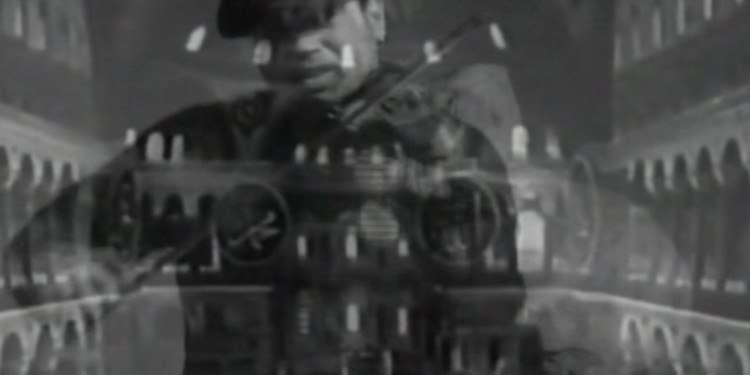
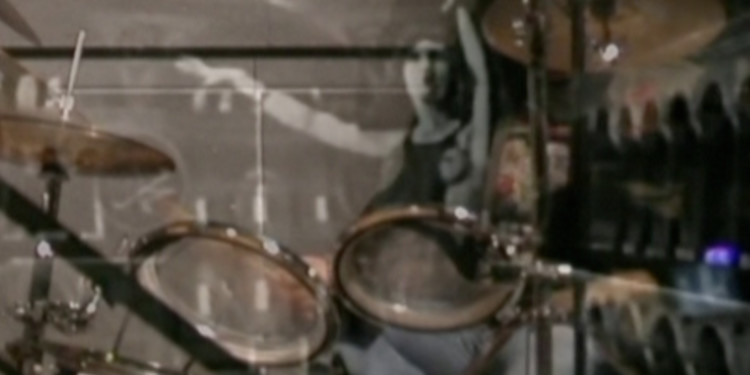
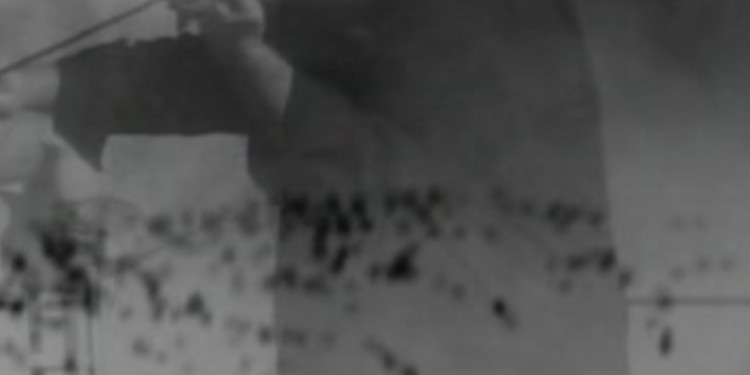
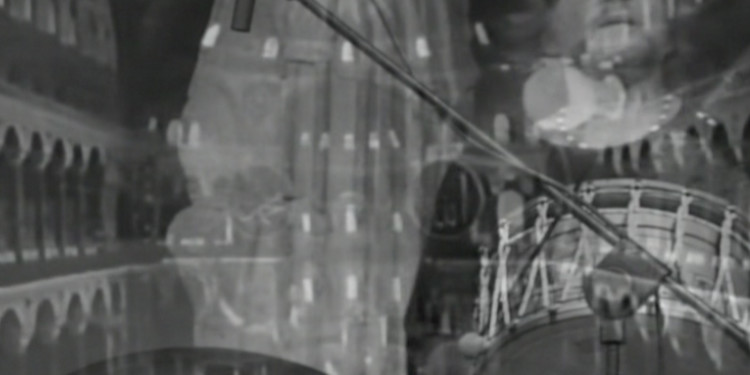
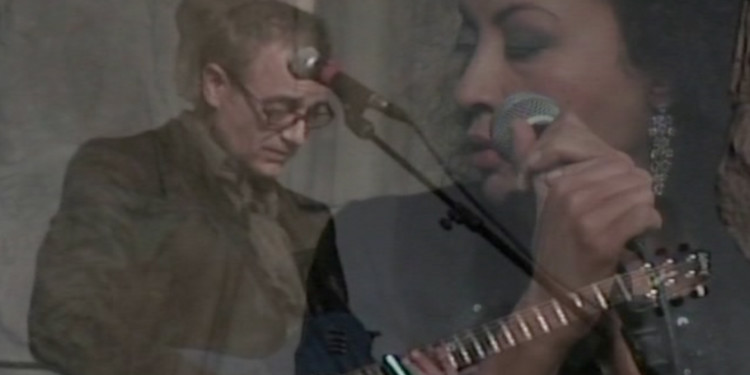
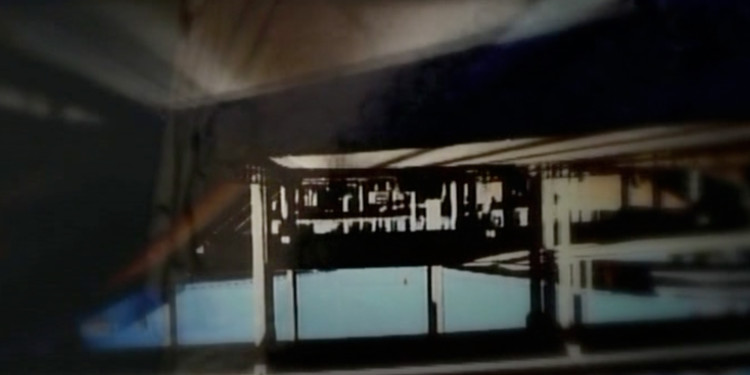
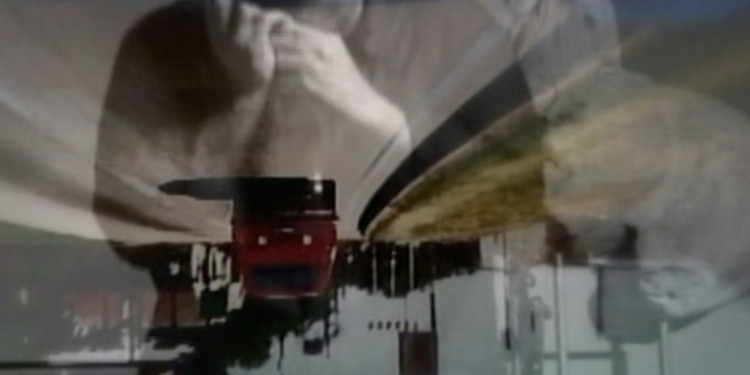
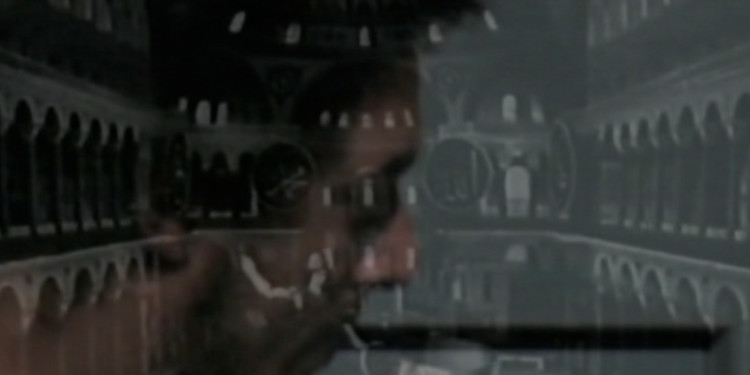
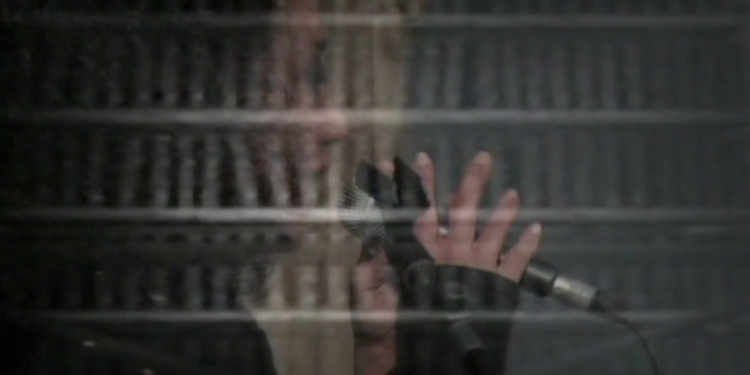
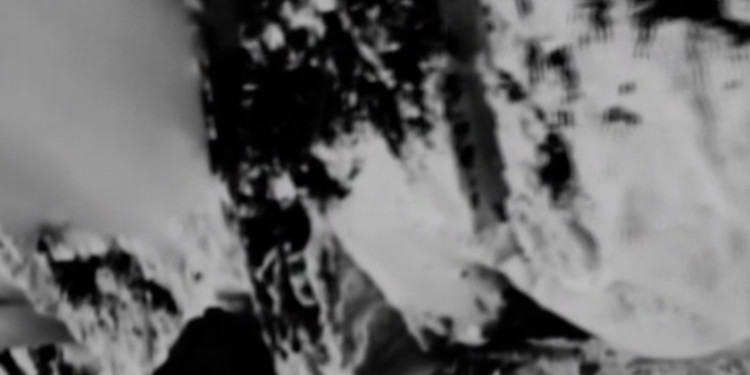
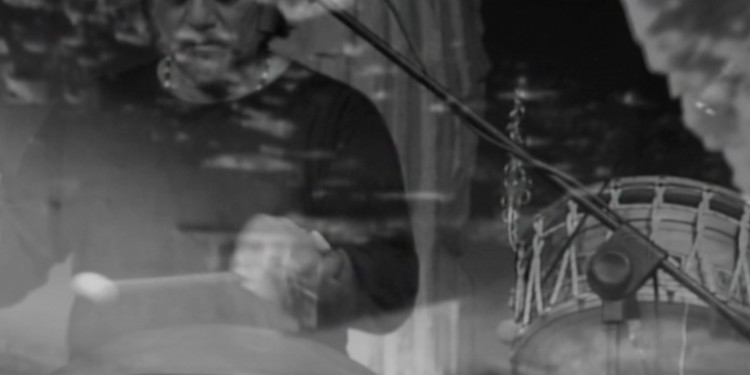
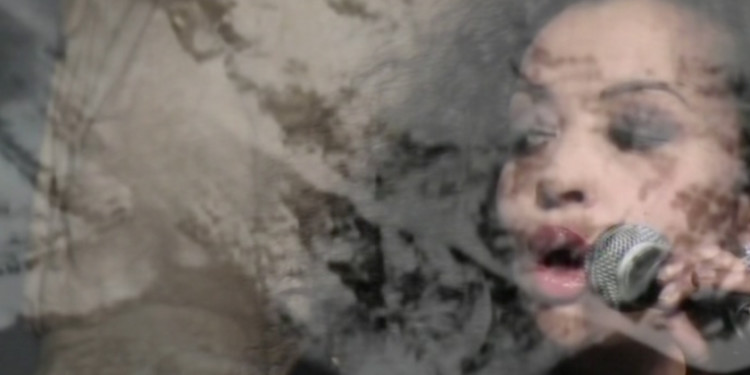

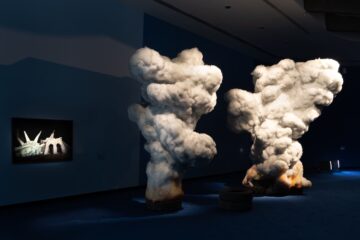



No Comment